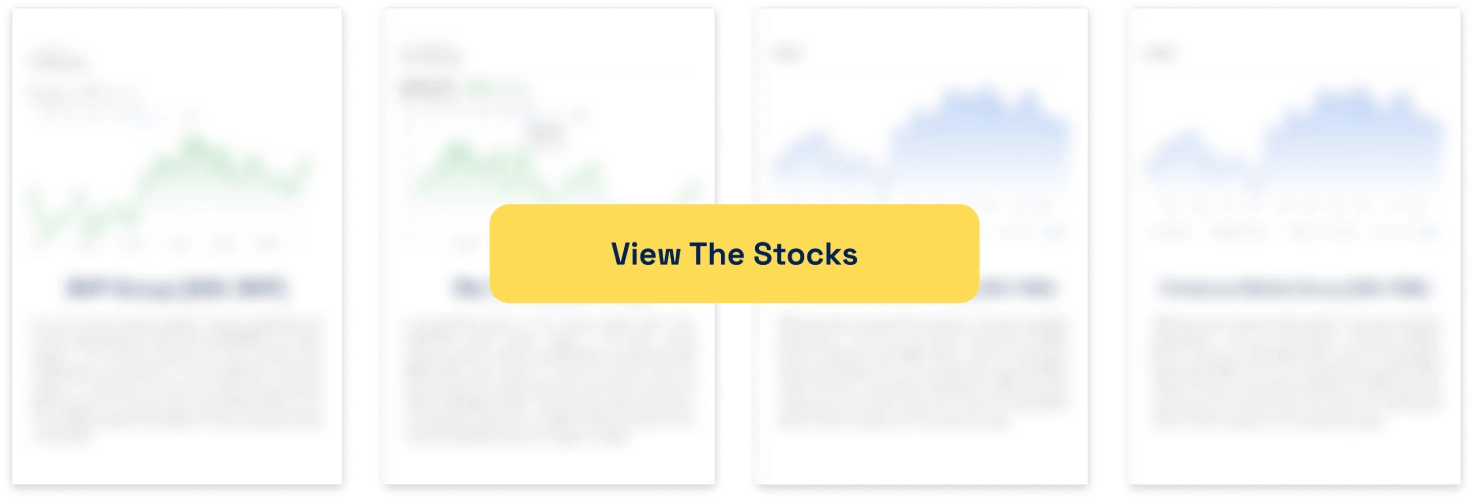Rio Tinto’s ~US$35bn Simandou Mine in Guinea Is Go! Here’s What It Means for Investors
![]() Nick Sundich, November 14, 2025
Nick Sundich, November 14, 2025
Nearly 3 decades since Rio Tinto first won exploration rights for Simandou, the mine was finally inaugurated. First shipments are expected by the end of this year and it will be producing 60Mt per year by 2028 or 2029. This is a monster of a mine, and one that will shake up the iron ore market significantly…if it isn’t already being shaken up by the economic situation in China.
What are the Best ASX Stocks to invest in right now?
Check our buy/sell tips
Simandou is go! After a long journey to this point
Again, Rio Tinto first secured exploration rights for Simandou in 1997. But over many years the project was delayed by regulatory, ownership, political and infrastructure challenges. In that time the country has seen four heads of state and two coups.
But in 2024, the final major regulatory approvals were obtained for Rio’s portion, clearing the way for full-scale construction. Rio Tinto has been co-developing it with a Chinese consortium and will own two of the four mining blocks
The Simandou project is not just about mining ore from one deposit, in fact, there are multiple. But it is huge infrastructure project, with the centrepiece being not the mine but a ~600 km heavy-haul railway from the mine to a new deep-water port on the Atlantic coast of Guinea.
Rio Tinto’s own estimates suggested $10bn annual capex annually.
Why Simandou is a big deal
Simandou is the world’s largest and highest grade new iron ore mine, adding 5% to global supply (120 million tonnes all up, 60m of which from Rio’s portion…all over multiple decades).
Because the ore is high grade and from a new region, it may permit new trade flows and competition. However, the influx of high-grade ore will likely exert downward pressure on prices, particularly for lower-grade, higher-cost producers. But it may have an impact on the broader market too.
Traditional iron-ore supply has been dominated by big producers in Australia (especially in Pilbara region) and Brazil. Simandou introduces a new major source from West Africa, changing the balance. Because China is heavily involved, there may be shifts in how supply contracts and trade flows work.
Some analysts expect price declines. The iron ore price is just over US$100/t right now, but some see it dropping to as low as ~US$75/t over the next few years as Simandou comes online.
But will Simandou be necessary?
With Simandou being half-owned by Chinese companies (plus with some of its offtake partners being from China), it is clear that this project is at least partly about satisfying demand from China.
However, it is no longer 2021 when iron ore hit a record high due to demand. Steel demand is softening in China, and margins are shrinking. Steel output was 73.5Mt in September, a near two year low, and October is not expected to be much better given environmental restrictions on mills in the Hebei province.
What about for Rio Tinto?
It’s a double edged sword. Let’s start with the positives.
Rio’s Pilbara assets in Western Australia have been its core for decades — extremely profitable but increasingly mature. Simandou provides Rio with a long-life, high-grade replacement growth option, diversifying its production footprint outside Australia and giving access to a new region.
Moreover, high-grade ore (~65 % Fe) helps future-proof Rio’s iron-ore portfolio as steelmakers decarbonise and demand higher-quality feedstock to reduce blast-furnace emissions.
This being said, there’ll be heavy cash outflows (i.le. US$10-15bn) even with the state of Guinea and Chinese partners shipping in. There’ll inevitably be impacts to the EBITDA and NPAT lines for at least the first couple of years. However, if prices hold around US$80–100/t, the project is still expected to generate robust returns once running.
Nonetheless, that is a big if. As we noted earlier, analysts think this new supply could hit iron ore prices. Even if this mine attracts a premium, it may not be able to command the premium it would than it would otherwise be the case.
Conclusion
Rio Tinto investors will be excited about Simandou, and investors in other iron ore companies not so much. Nonetheless, investors should not get complacent about the market situation.
Iron ore from this project will attract a pricing premium, but the premium will depend on the state of the broader market. And Rio Tinto investors should watch for execution and geopolitical risk, not to mention the impact on the bottom line for the next few years.
Blog Categories
Get Our Top 5 ASX Stocks for FY26
Recent Posts
Why do ASX companies undertake share consolidations? Here are the 3 key reasons
Some microcap ASX stocks (particularly companies below 1c) will undertake share consolidations. There are several reasons why they undertake this,…
Orica Shares Soar 40% on Record Profit: Is It Too Late to Buy or Time to Wait?
Orica Limited (ASX: ORI) has surged 40% in 2025 to trade around $23, capping off the rally this week with…
ReNerve (ASX: RNV) Wins US Military and Veterans Healthcare Approval: 9.5 Million Patient Network Now Accessible
ReNerve (ASX: RNV) announced today its flagship NervAlign nerve cuff has been approved for use across the US Department of…



